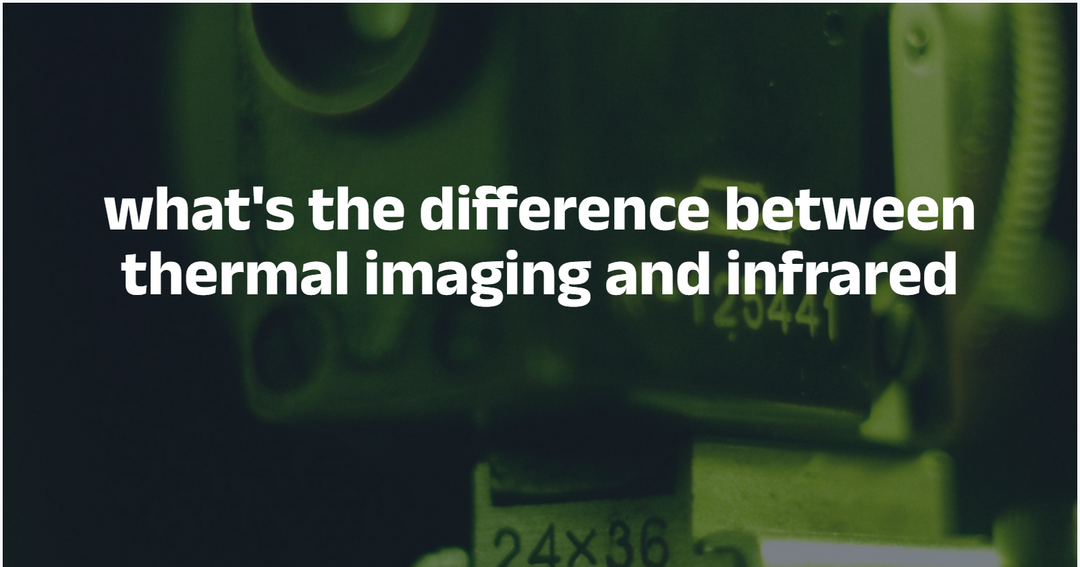How to Test the Air Quality in Your Home
Learn simple, practical steps to measure indoor air pollutants and choose the right air quality monitor — from budget options to pro-level formaldehyde detectors.
Why Test Your Home Air Quality?
Indoor air can be more polluted than outdoor air due to cooking, cleaning products, furniture off-gassing, and poor ventilation. Regular testing helps you spot problems early — such as high PM2.5, elevated CO₂, or dangerous formaldehyde — so you can protect your family’s health.
What To Measure: The Key Indoor Pollutants
- PM2.5 / PM10 — fine particles from cooking, smoke, dust, and pollen.
- CO₂ — indicates ventilation quality; high levels make you drowsy and reduce cognitive performance.
- VOCs — volatile organic compounds from paints, cleaners and new furniture.
- Formaldehyde (HCHO) — common after renovations or from pressed-wood furniture; harmful at low concentrations.
- Temperature & Humidity — affect comfort and mold risk.
How to Test the Air Quality in Your Home — Step-by-Step
- Choose the right monitor — pick a device that measures the pollutants you care about (PM, CO₂, VOCs, HCHO).
- Place the meter correctly — test main living areas and bedrooms; keep the device ~1m above the floor and away from windows/vents.
- Let readings stabilize — run the monitor for 5–15 minutes to get stable results.
- Record and compare — test at different times (cooking, idle, after airing out) to find patterns.
- Take action — ventilate, use HEPA purifiers, remove sources, or consult professionals if formaldehyde or persistent high PM is detected.
Recommended NOYAFA Options — Two Price Tiers

JMS11 Air Quality Meter
Entry-level air quality meter — measures PM2.5/PM10, CO₂, temperature & humidity. Compact and easy to use for homeowners.

JMS17 Indoor Air Quality Tester (with HCHO)
Advanced model including formaldehyde (HCHO) detection, TVOC measurement, plus PM and CO₂ — ideal for renovated homes, new furniture, and sensitive users.
Interpreting Common Readings
- PM2.5: < 12 µg/m³ (good), 12–35 (moderate), >35 (unhealthy for sensitive groups).
- CO₂: < 800 ppm (good), 800–1000 ppm (moderate), >1000 ppm (poor ventilation).
- Formaldehyde (HCHO): < 0.08 mg/m³ preferred; higher values need immediate attention.
- TVOC: Low is better — spikes after renovation indicate off-gassing.
Quick Fixes to Improve Indoor Air Quality
- Ventilate: open windows for 10–20 minutes several times daily.
- Use a HEPA air purifier to remove fine particles.
- Control humidity (30–50%) to prevent mold.
- Avoid VOC-heavy products; let new furniture or paint off-gas outdoors first.
- If formaldehyde is high, increase ventilation and consider removal/replacement of the source or professional remediation.
Why Choose NOYAFA Air Quality Monitors?
NOYAFA meters combine reliable sensors, user-friendly displays, and portable designs suitable for home and small-office use. The JMS11 is cost-effective for routine checks, while the JMS17 adds formaldehyde detection for more demanding environments.




